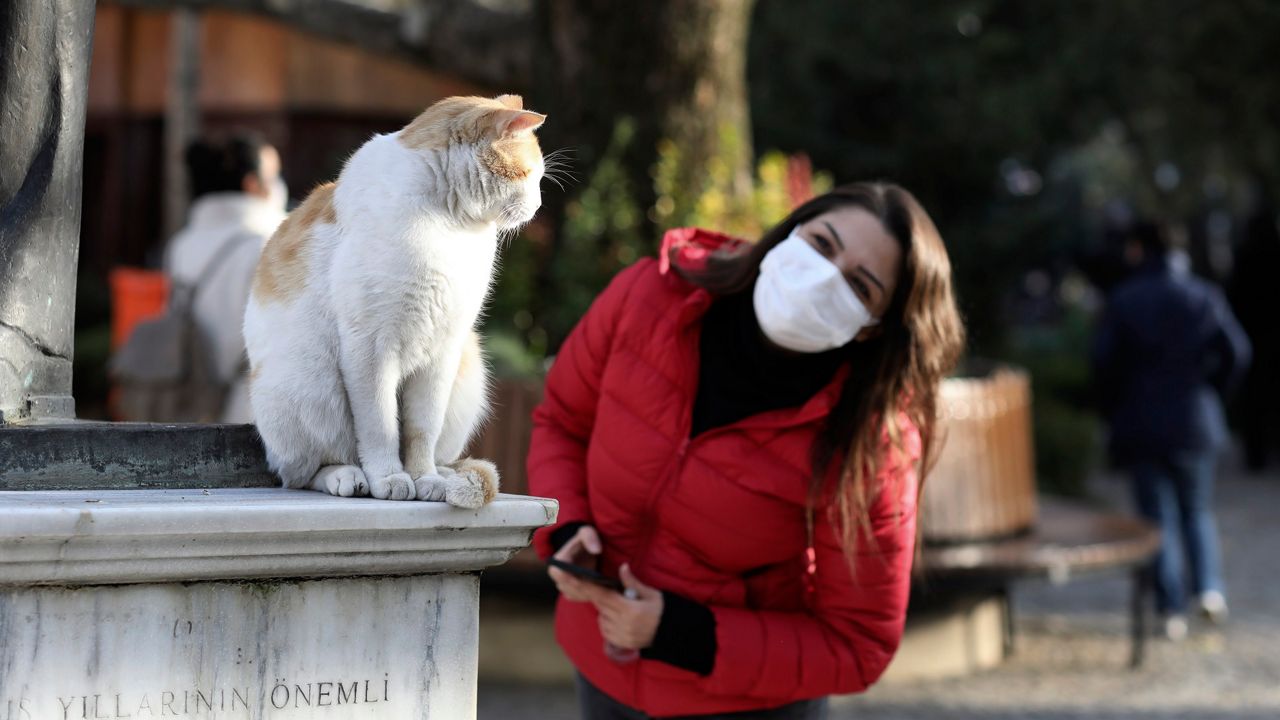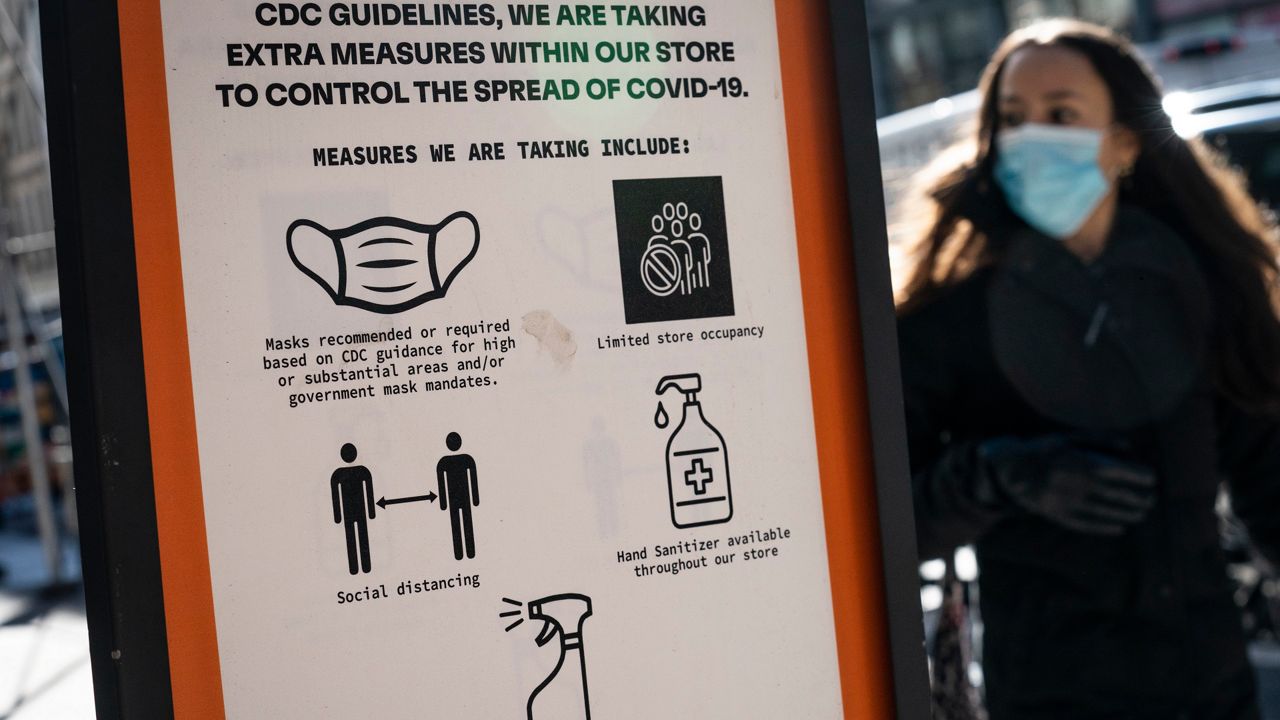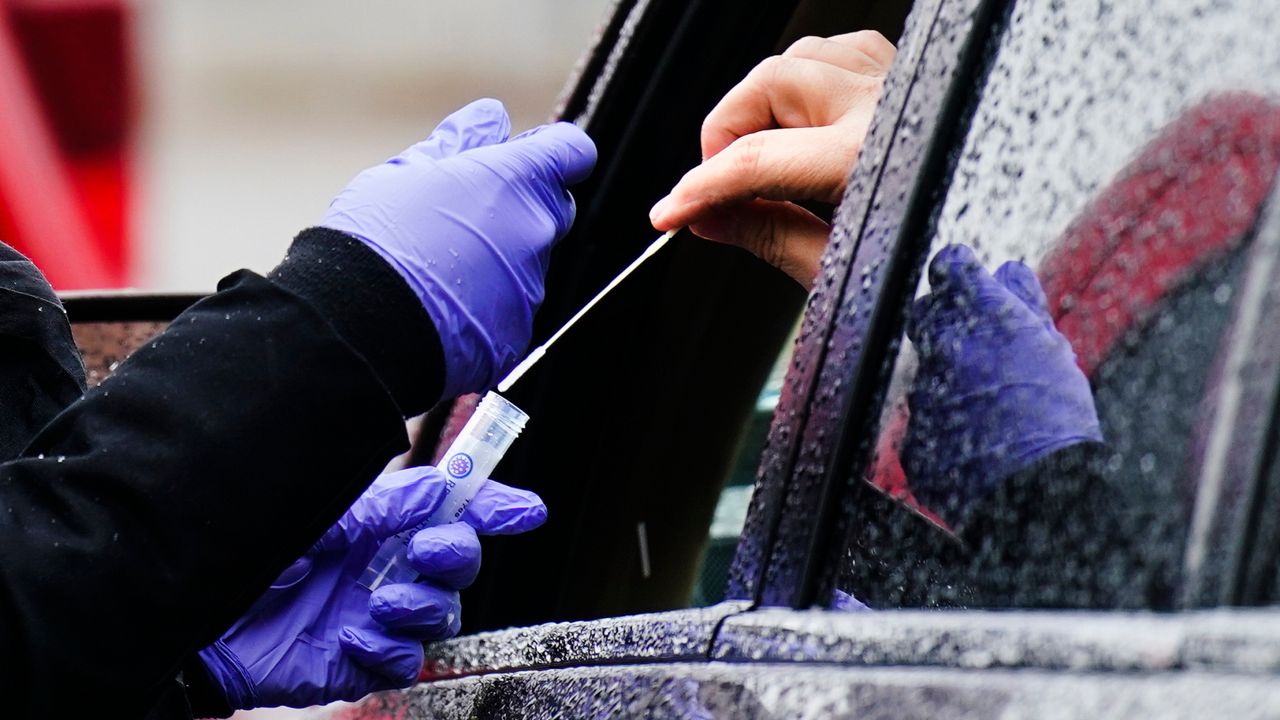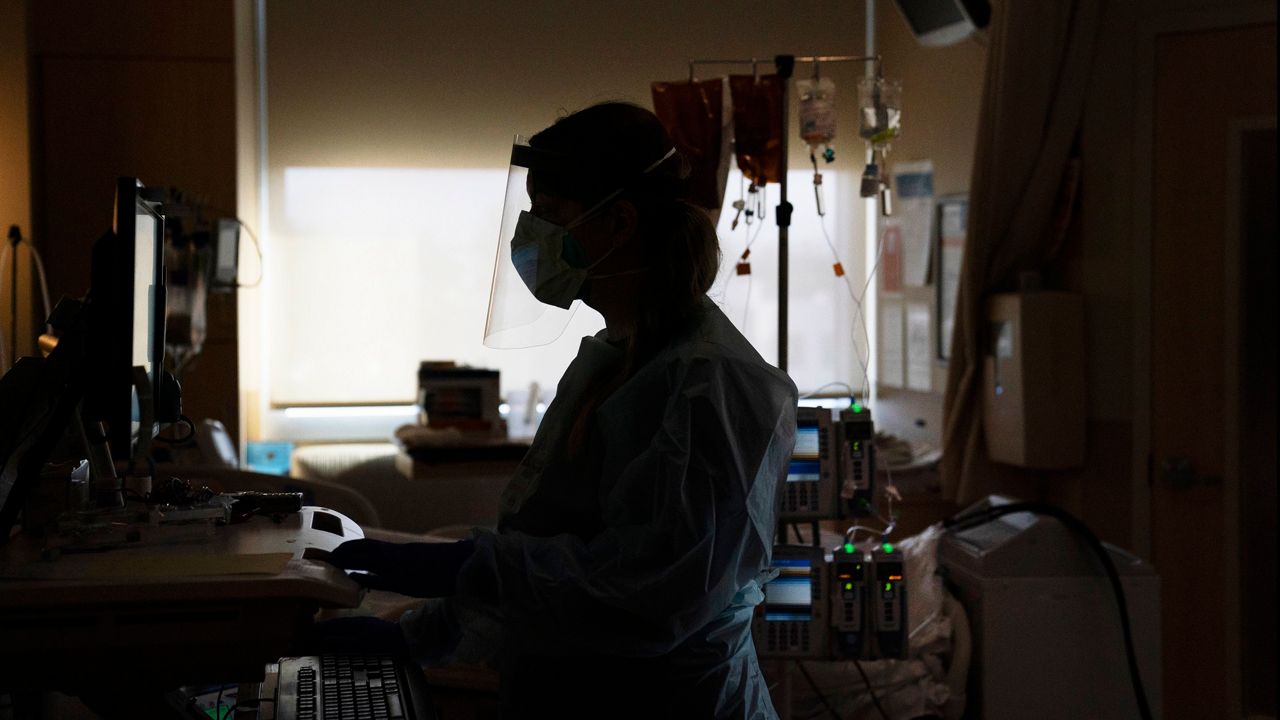MILWAUKEE — Since COVID-19 started spreading last year, its impacts have stretched across oceans and borders — and even across species.
What You Need To Know
- A preprint study identified four dogs and four cats with COVID-19 antibodies
- Research shows pets can catch an infection from humans but don't show many symptoms
- Cats and dogs are not likely to spread the virus, but mink and ferrets are more concerning
- If you test positive for COVID-19, experts recommend trying to keep some distance from your pets
“People don’t live in a vacuum,” said Keith Poulsen, the director of the Wisconsin Veterinary Diagnostic Laboratory at UW-Madison. “When you have an infectious disease come through, we have households of mammals, and that includes people, dogs, cats.”
For the past year, Poulsen and his lab have been testing animal samples from all across the country, trying to help get a handle on whether our furry friends can get infected by the SARS-CoV-2 virus — and, in turn, whether they could spread it back to humans.
Some of that work has been a part of a household transmission study led by the Centers for Disease Control and Prevention, which published its results in an online preprint last week.
According to the findings, dogs and cats could be infected by the SARS-CoV-2 virus after being in a household with a sick human. But for the most part, the pets don’t show a lot of symptoms, and don’t seem to be able to spread the virus back to humans, Poulsen explained.
“It’s not a 100% guarantee if you have someone in your house [with COVID-19] that everyone in the house will get it, although you have a significant risk,” he said. “And it’s the same for pets.”
The study started as an offshoot of the CDC’s work on how the virus spreads in households, explained Ailam Lim, the virology section head at the lab.
Early on in the pandemic, CDC researchers were collecting samples from Milwaukee and Salt Lake City to see how often an infected human would get other people sick within the home. But after realizing that many of these homes also included pets — and as early evidence started to suggest that pets could catch the virus too, like the case of an infected dog in Hong Kong — Lim said the scientists started to look beyond their own species.
So, in addition to sticking swabs up human noses, the researchers also started collecting a variety of different samples from dogs and cats in the households.
Out of the dozens of pets who were sampled in the study, eight animals — four dogs and four cats — turned up SARS-CoV-2 antibodies in blood tests, according to the study. And one sample from a dog’s fur also tested positive for viral RNA.
This means that humans may transmit the coronavirus to pets more often than previously thought, the researchers write.
But pet owners shouldn’t worry too much, explained Wisconsin State Veterinarian Darlene Konkle, who was consulted as part of the study. In this research and in other cases, even cats and dogs who test positive for SARS-CoV-2 don’t tend to get very sick.
“I think a lot of pet owners were concerned at first about whether or not their dog or cat could get COVID, you know, could get sick from COVID or die from COVID,” Konkle said. “So some of the information that's come out, similar to this study, has really helped people understand that they don't have to be necessarily afraid.”
The most common signs for infected animals include respiratory symptoms, like a runny nose or sneezing, Konkle said. But it’s rare for pets to actually need treatment for an infection, Poulsen explained, and the mortality rate for most animals seems to be close to zero.
Another bit of good news: Cats and dogs don’t seem like they are able to pass the virus back to humans. Even as other research led by UW-Madison scientists has shown that cats may be able to shed the virus and even infect other cats with COVID-19, the levels don’t appear high enough to get humans sick, Poulsen explained.
“We know that animals can harbor the virus. And we know that cats more than dogs will amplify virus,” Poulsen said. “But we still don't think that any of the companion animals in people's houses, or in their homes, are going to be a significant risk for human infection.”
That’s a relief for individual pet owners, and also for the future of the pandemic, Lim pointed out. If dogs and cats were able to pass infections back to humans, our furry friends could serve as a “reservoir,” giving the virus room to keep circulating and mutating even after humans reach herd immunity.
But with the results we’ve seen so far, the scientists say this isn’t a huge concern when it comes to our most common household companions. And experiments have also found that important farm animals like cows, chickens and pigs all appear resistant to COVID-19 infection.
There are a couple of exceptions, though: Mink and ferrets do seem to be more susceptible to the virus than other species.
Poulsen said his level of concern for mink harboring the virus is “much higher” than for dogs and cats. In Denmark, where the government ordered farmers to cull millions of mink, the animals appeared to spread a mutated form of the virus back to their human handlers.
The difference between species’ vulnerability has to do with the receptors in their lungs, Poulsen explained. Mink and ferrets have receptors that are almost the same as those found in humans — and so they are susceptible to “grab onto these coronaviruses to cause disease,” he said.
In Wisconsin, two mink farms saw COVID-19 cases among their animals, Konkle said. Unlike the mild reactions of cats and dogs, the minks’ symptoms were much more noticeable, she said; thousands of animals died at one Taylor County farm.
Those farms are still being monitored, but are no longer seeing clinical signs or death loss among their mink, Konkle said.
Moving forward, Poulsen said keeping an eye on mink, as well as household pets, can be a useful tool for managing the virus and tracking its life cycle — from “epidemic to endemic to hopefully disease-free.”
Monitoring animals for COVID-19 antibodies could be another “sentinel” to tell us how the virus is moving through a population, he said. And keeping an eye on variants among animals will be important too, Konkle pointed out. In another recent preprint, which Lim collaborated on, researchers found that a dog and a cat in Texas had tested positive for the B.1.1.7 variant originally discovered in the U.K.
For the everyday pet owner, though, the science so far is encouraging. The researchers agreed that people don’t need to be afraid of their dogs and cats getting really sick from COVID-19 — or stress about catching the virus from their pets.
If you do test positive for COVID-19, it’s still a good idea to take some precautions, Konkle said, like trying to keep a bit of distance from your furry friends or wear a mask while feeding them. Even though your pets may not get very sick, they can still catch the virus, Lim pointed out, so caring for them as another member of the household can help.
Of course, it’s hard to explain to your dog that you’re in quarantine, Poulsen said. And companion animals are an important source of social support, especially during these isolating times. But studies like this one are a reminder that our health affects the other living things around us — and vice versa.
“We deal with our environment,” Poulsen said. “We deal with other animal species, whether it's companion animals or food species or wildlife. And then we have human health in there as well, so we all interact.”
This story previously stated that an early COVID-19 infection was reported in a police dog in Hong Kong. It has since been updated.









